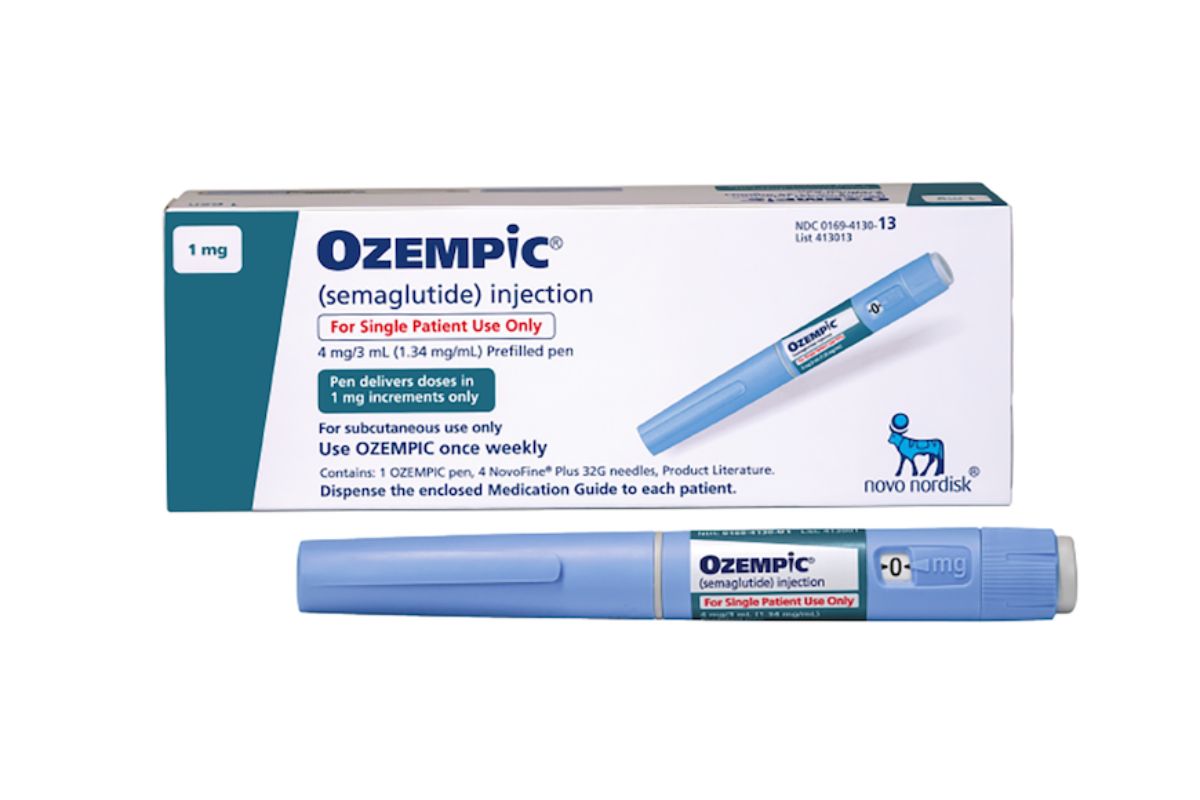Young adults who were born around the same time that telephones became untethered and pocket-sized are now extolling the mental health virtues of the humble flip phone.
Popular at the dawn of the cell phone era in the early nineties, the foldable clam shell design allows for voice calls but not much else. True, it’s possible to send a text or an email but only if you can pick up WiFI, and only by arduously scrolling and tapping through a tiny keyboard one character at a time. And some models do permit the exchange of grainy, pixelated images.
Those limitations are kind of the point, according to young converts.
https://twitter.com/youngpopi_/status/1618599348669153282
Users say the advantages of a flip phone’s vintage functionality compared to the technical wizardry of today’s smartphones include: helping them escape the always-on anxiety that comes from instant (and constant) communication; ungluing them from their screens so they can more fully engage with what’s going on around them; disconnecting them from the toxic time suck of social media to help improve their relationships and overall quality of life.
Same! I’m getting myself a flip phone for everyday use and calls. Social media on my phone 24/7 is horrible for my mental health and self esteem.
— Tai Qiujing – NY Model & Photographer (@taiqiujing9) January 25, 2023
As the New York Times reported, teens are even forming “luddite clubs” to promote a lifestyle of self-liberation from social media and technology. One member of a club quoted in The Times said, “You post something on social media, you don’t get enough likes, then you don’t feel good about yourself. That shouldn’t have to happen to anyone. Being in this club reminds me we’re all living on a floating rock and that it’s all going to be OK.”
Somewhat ironically, flip phone evangelism is largely spreading through social media, especially on Twitter and on TikTok, where flip phone unboxing and bedazzling videos have become a trend.
Personality Traits and Online Porn Use
Identifying Pediatric Mood Disorders
However it happens, studies support the idea of limiting screen time. One 2018 trial in the Journal of Social and Clinical Psychology found that college students who cut back to fewer than 30 minutes of social media daily reported improved well-being and fewer symptoms of loneliness and depression. It’s worth noting that the rate of depression among teens doubled between 2004 and 2019, the same timeframe smartphone and social media usage went mainstream.
week 1 of using a flip phone (tweeting on the computer):
– Mental health is wayyyy better.
– I enjoy things more
– I'm getting so much better at chess, my flip phone has the chess app— PROXOXIE (@ghostyguts1) January 26, 2023
The average American checks their mobile phone 63 times a day and spends more than five hours daily staring at their phone screen, according to the website, techinjury.com. More than half of that time is dedicated to social media. So for as little as $20 a pop, a flip phone could be an economical and effective way to curtail phone usage. It’s certainly a strategy worth considering.



